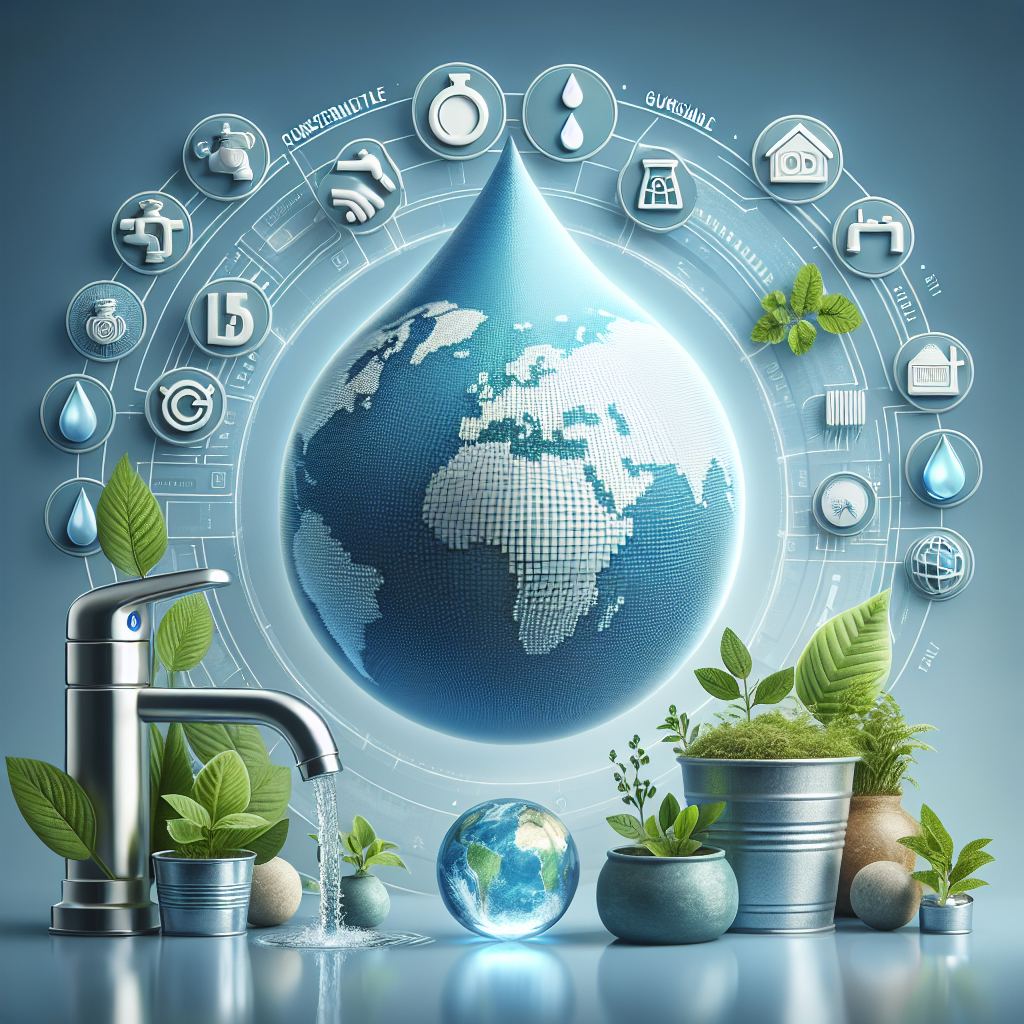Water Footprint Reduction: Steps Everyone Can Take
Water is the lifeblood of our planet, critical for human survival, ecological balance, and economic development. However, the increasing demands of modern society have led to significant stress on our water resources. The concept of a “water footprint” has emerged as a comprehensive indicator of water usage, encompassing the total volume of freshwater used, polluted, and consumed during the production of goods and services. Reducing our water footprint is crucial in ensuring sustainable water management and protecting this vital resource for future generations. Here are actionable steps everyone can take to minimize their water footprint.
Understand Your Water Footprint
The first step in reducing your water footprint is to understand it. Many online calculators can help you estimate your personal water footprint, considering factors such as diet, energy usage, and consumption patterns. Awareness of how your lifestyle impacts water resources is key to making informed changes.
Diet Modifications
One of the most significant components of an individual’s water footprint is diet. Meat and dairy products, in particular, have a much higher water footprint than vegetables and grains due to the water-intensive processes involved in livestock farming. By reducing meat consumption and incorporating more plant-based meals into your diet, you can significantly decrease your water footprint. Additionally, minimizing food waste also conserves the water used in the production of food that never gets consumed.
Efficient Water Use at Home
Simple changes in daily routines can lead to substantial water savings:
– Install water-efficient fixtures, such as low-flow showerheads and dual-flush toilets, to reduce water use in your home.
– Fix leaks promptly. A single dripping faucet can waste a considerable amount of water over time.
– Use water-saving appliances, like high-efficiency washing machines and dishwashers, and operate them only when full.
– Collect rainwater for gardening and outdoor cleaning tasks to lessen the demand on municipal water supplies.
Conscious Consumption and Production
The products we buy and the energy we consume indirectly contribute to our water footprint through the water used in their production processes. Opting for products made with sustainable practices, reducing overall consumption, and choosing renewable energy sources when possible can significantly reduce your indirect water footprint.
Advocacy and Community Engagement
Individual actions, while important, are part of a larger ecosystem of water use and conservation. Advocating for policies that promote water sustainability, supporting water-efficient infrastructure projects, and engaging in community efforts to protect local water resources are vital steps in ensuring broader societal changes towards reducing our collective water footprint.
FAQs
Q: What is a water footprint?
A: A water footprint measures the total volume of freshwater used, consumed, and polluted during the production and consumption of goods and services by an individual, business, community, or nation.
Q: Why is reducing our water footprint important?
A: Reducing our water footprint is crucial for ensuring the sustainable management of our water resources, maintaining ecological balance, and supporting future economic and social development.
Q: Can changing my diet really make a difference?
A: Yes. Food production is one of the most significant contributors to water footprints. By adopting a diet that requires less water-intensive foods, such as reducing meat and dairy consumption, you can significantly reduce your personal water footprint.
Q: Are there easy steps I can take at home to reduce my water footprint?
A: Absolutely. Simple actions like fixing leaks, using water-efficient fixtures and appliances, and being mindful of your water usage during daily activities can lead to significant water savings.
Q: How can my choices in products and energy use affect my water footprint?
A: The production of goods and energy generation are often water-intensive processes. By choosing products made with sustainable practices and opting for renewable energy sources, you can reduce the indirect water footprint associated with your consumption.
Q: What role does waste play in water footprint?
A: Waste contributes significantly to an individual’s water footprint, both directly through water used in wasted products and indirectly through the pollution of freshwater resources. Minimizing waste and supporting recycling and sustainable waste management practices can help reduce your water footprint.
In conclusion, reducing our water footprint requires a multifaceted approach, involving changes in diet, water use habits, consumption patterns, and community engagement. By taking actionable steps towards minimizing our water footprint, we can contribute to the sustainability of our planet’s most precious resource. Every drop counts, and the cumulative effect of individual actions can lead to significant environmental benefits. Let’s commit to being stewards of water, ensuring it remains abundant and clean for generations to come.

